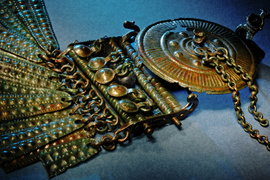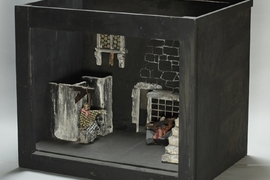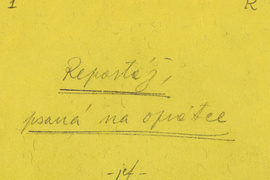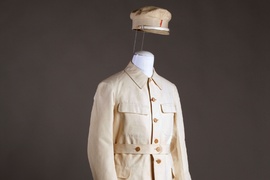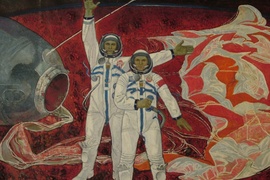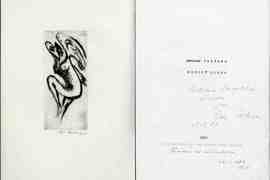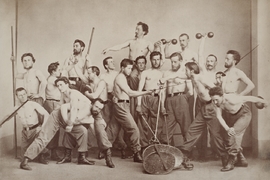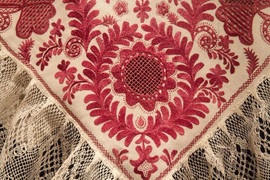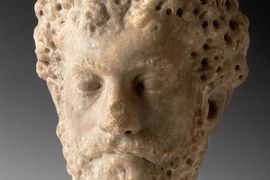Historical Museum
The Historical Museum is one of the oldest parts of the National Museum, with its roots dating from its foundation in 1818. At present it consists of four sections, ten departments and two units.
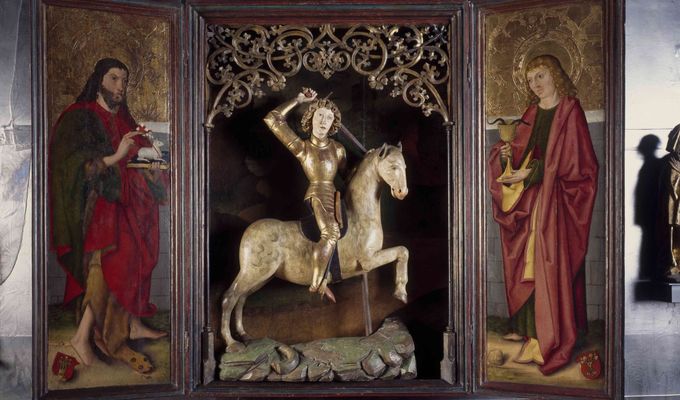
Historical collection
Theatre collection
Collection of the Museum of the Workers’ Movement in the National Museum Archives
Modern Czech History collection
Collection of the Museum of the Workers’ Movement
National Museum Archives
Czechoslovak Documentation Centre
Collection of the Department of the History of Physical Education and Sports – 3D objects
Photo Archive of the Department of the History of Physical Training and Sports
Archives of the History of physical education and sports (HPES archives)
Ethnographic collections
Collection of classical archaeology
Numismatic collection
Science and research at the Historical Museum encompass a wide range of social science disciplines (history, art history, ethnography, theatre studies, archaeology), as well as auxiliary historical sciences (archival studies, numismatics). It also includes scientific research in the field of documentation technologies and the conservation and restoration of cultural heritage and museum collections.
Currently, the Historical Museum is involved in two NAKI projects, two GAČR projects, and one IROP project. Each year, the museum publishes several monographs and three peer-reviewed journals: Časopis Národního muzea (Journal of the National Museum), Acta Musei Nationalis Pragae – Historia, and Numismatické listy (Numismatic Review).
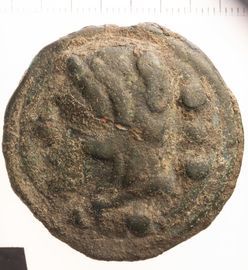
Although the natural science collections initially overshadowed the historical ones, the “Proclamation to Patriotic Friends of the Sciences” and the museum’s first statutes from 1822 listed the historical collections first. The first independent part of the historical collections was established in 1846 with the creation of the archive, thanks to the efforts of František Palacký, followed later by the numismatic department. After the move to the new building on Wenceslas Square, the archaeological collections were separated from the archive and divided into historical archaeology and prehistory.
Over time, additional departments were established and the organizational structure evolved. The present-day Historical Museum was officially established on May 1, 1964. Today, the Historical Museum consists of four divisions.
Collection Division I includes the Department of Prehistory and Classical Antiquity, the Department of Older Czech History, and the Numismatic Department (all founded in the 19th century).
Collection Division II consists of the Department of Modern Czech History, the Department of the History of Physical Education and Sports, the Ethnographic Department, and the Theatre Department.
The Archival Division comprises the Archive of the National Museum, the Records Management Section, and the Archive of the History of Physical Education and Sports.
The Collection Care and Registration Division consists of two departments.
An important part of the Historical Museum’s Directorate is its production and educational activities, which are primarily focused on the museum's sites in Prague.
The Historical Museum also includes several sites both in Prague and beyond. The history of Czech architecture and outdoor sculpture is showcased in the Lapidarium of the National Museum. The Palacký–Rieger Memorial is dedicated to the legacy of these two influential families. A symbol of Czech statehood is the National Memorial at Vítkov, which hosts temporary exhibitions as well as two permanent displays: Crossroads of Czech and Czechoslovak Statehood and the Mausoleum of Klement Gottwald. The ethnographic exhibition is located in the Kinský Summer Palace in Prague's Smíchov district.
Outside Prague, there are exhibitions at Vrchotovy Janovice Château and in Prachatice, where you can find a display devoted to the history of Czech puppetry and circus arts. The museum’s collections are kept in two central storage facilities in Terezín. Since 2019, the Jan Palach Memorial in Všetaty has also been part of the Historical Museum.
The Historical Museum engages extensively with the public. Each year, it organises numerous exhibitions, lectures, and educational and outreach activities for both the general public and schools. Educational programmes are offered in Prague as well as at sites outside the city. Collections of the National Museum can be viewed in institutions throughout the Czech Republic and abroad.


